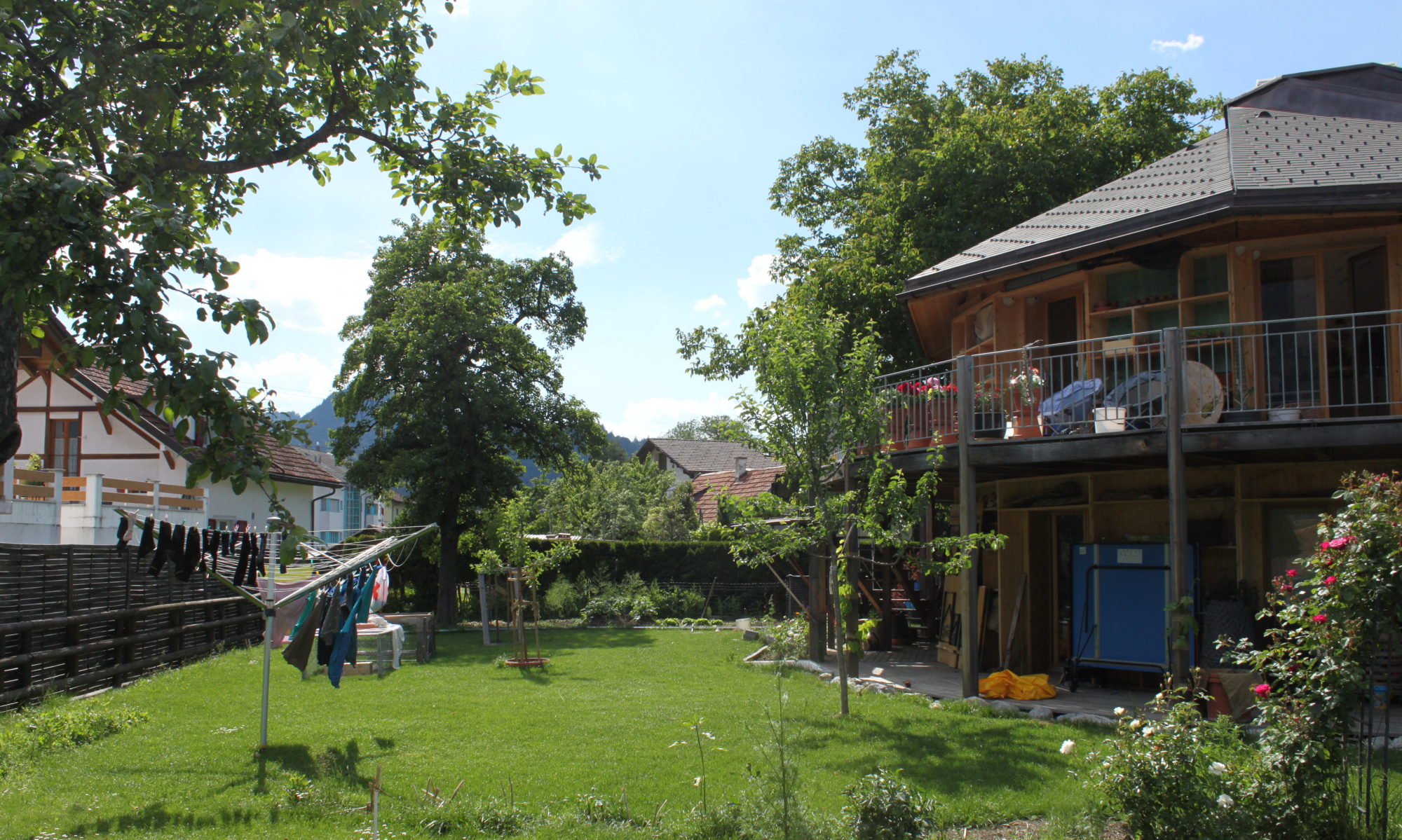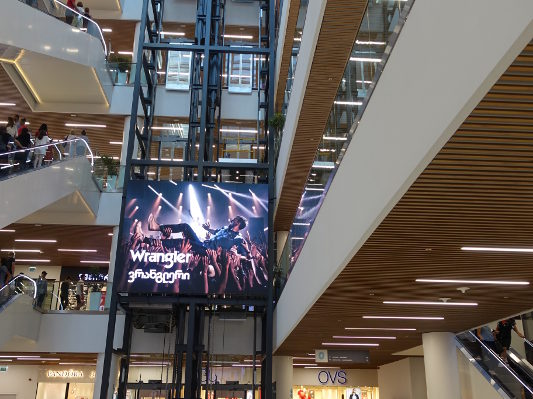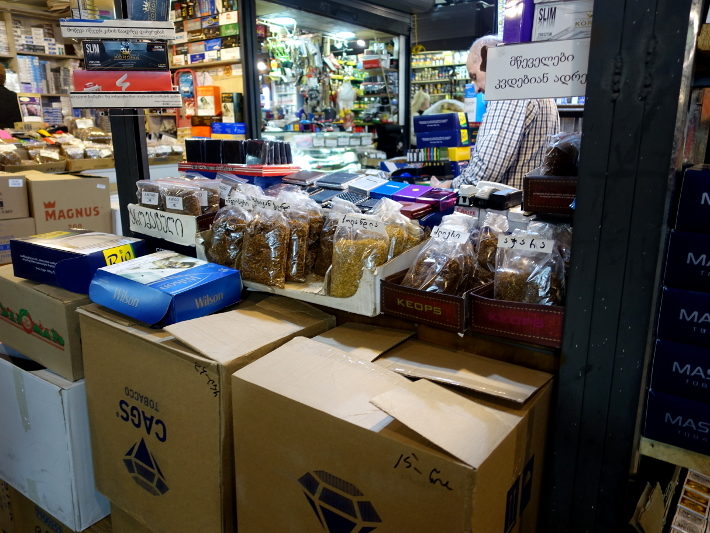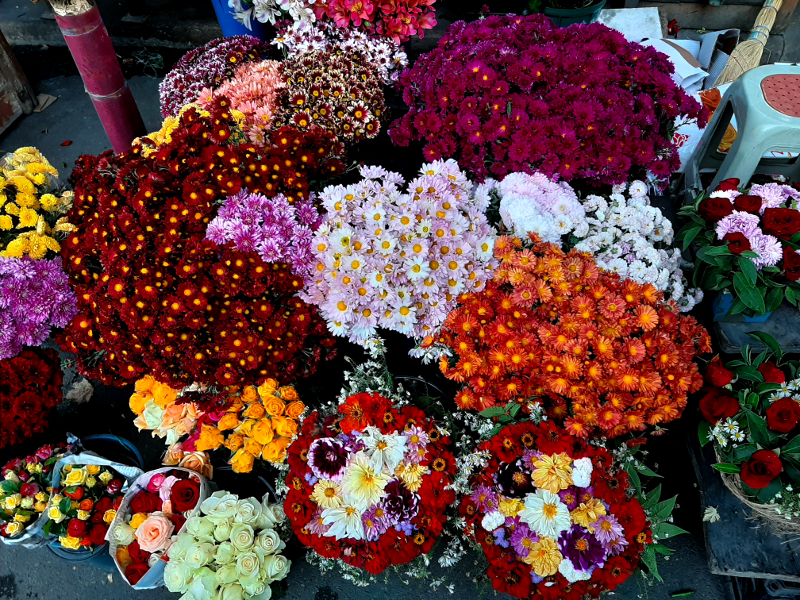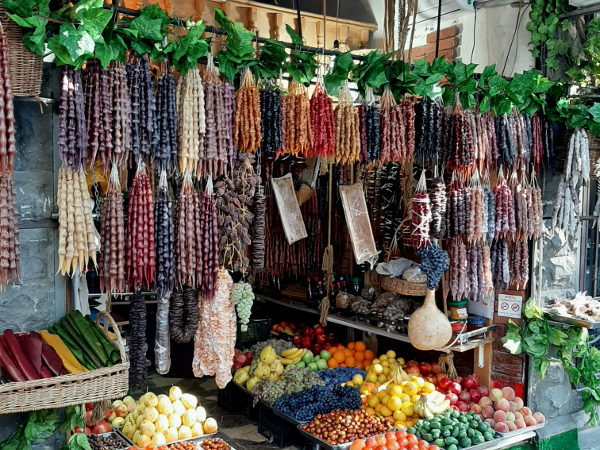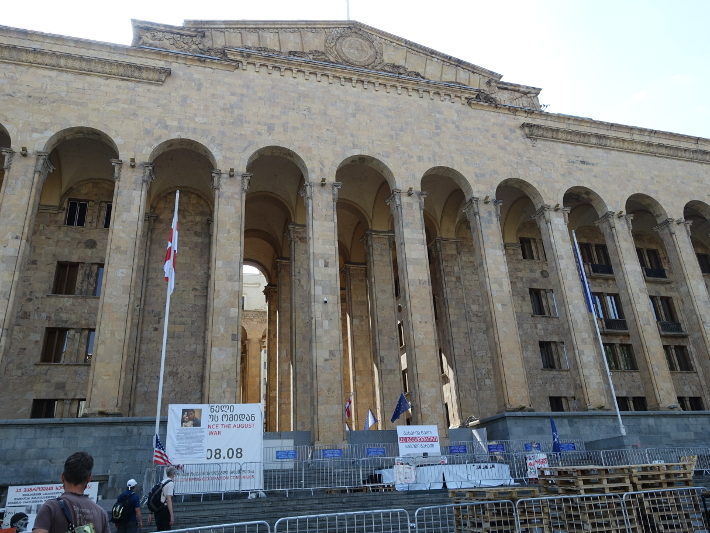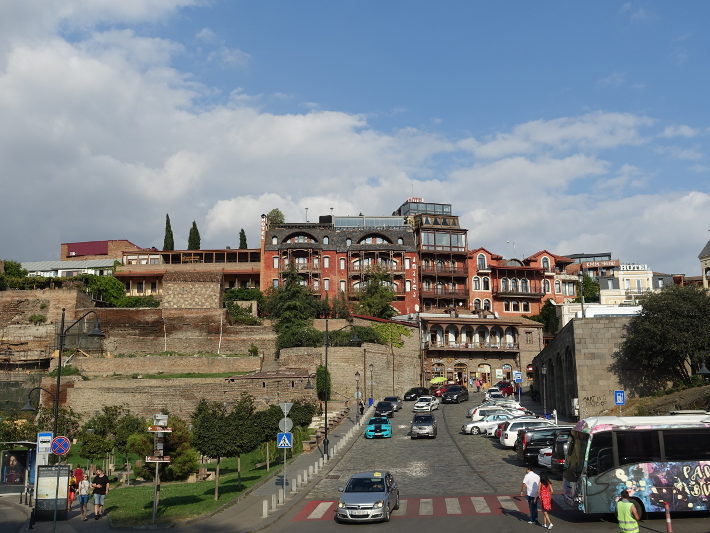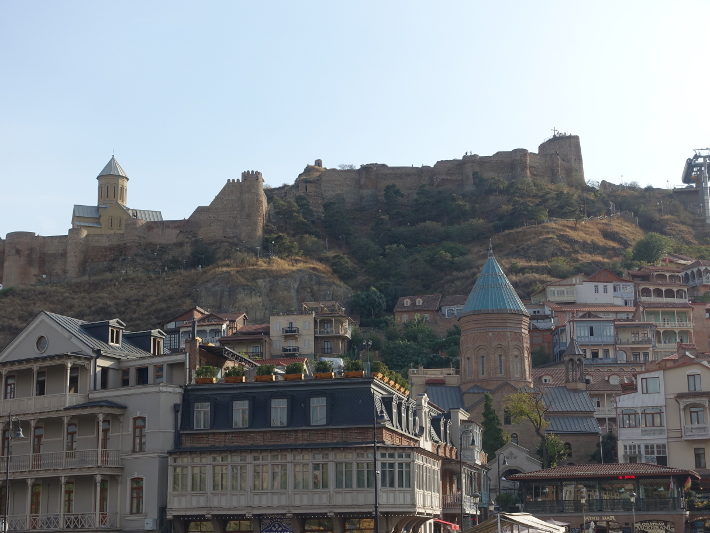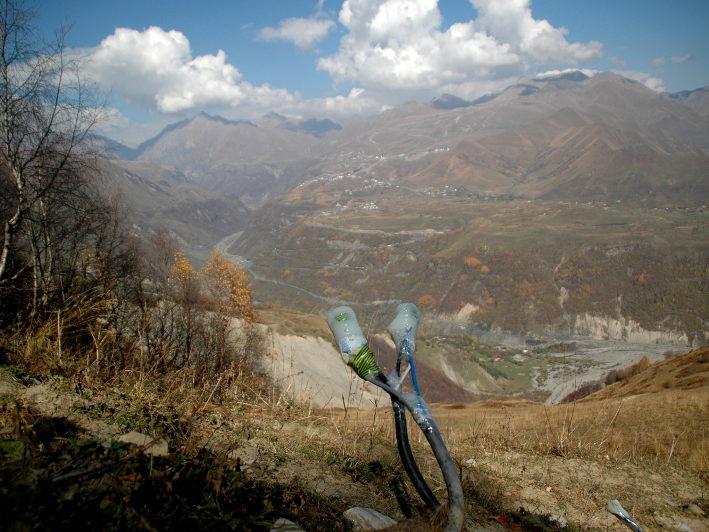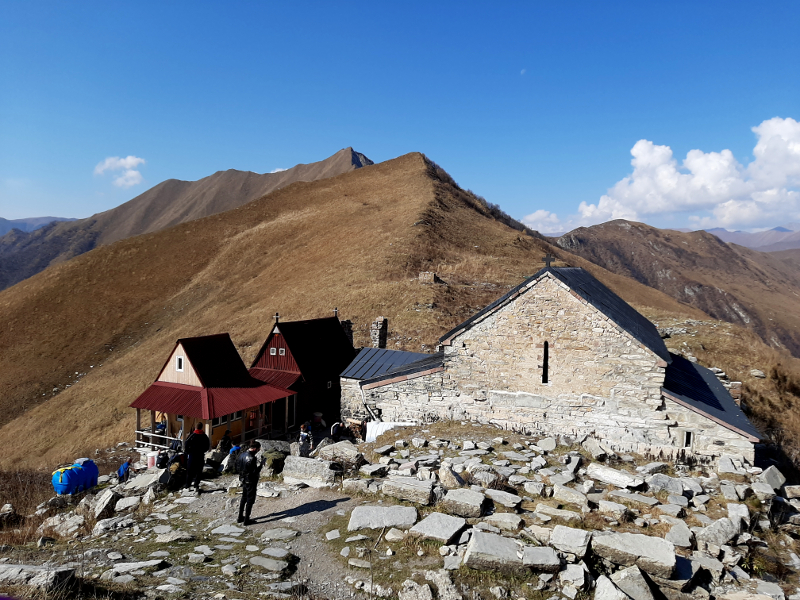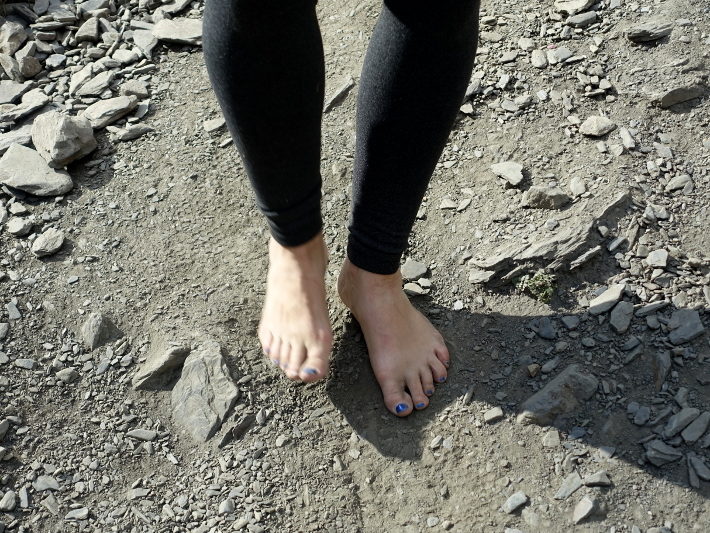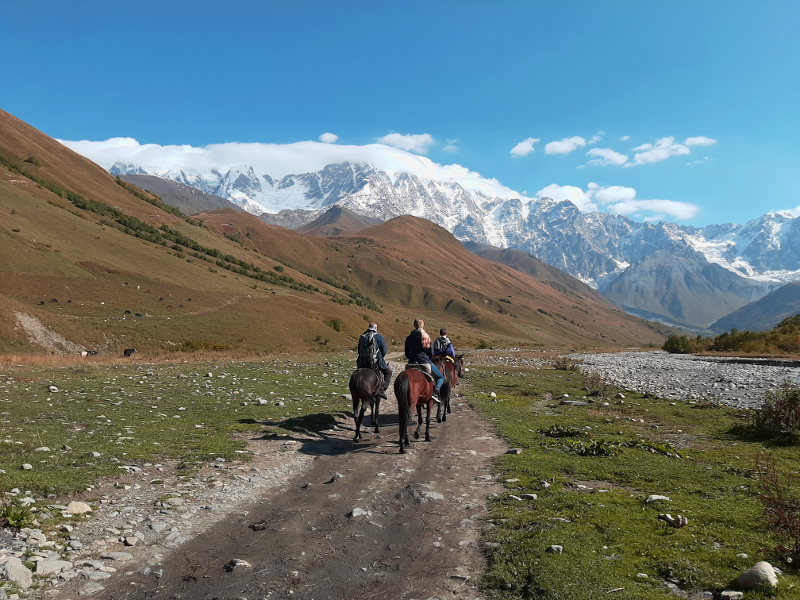The question about Tbilisi’s beauty still haunts me and I did not yet achieve a satisfying answer.
Today I will show you a few corners of Tbilisi you can go to for some great shopping. On the one hand there are these huge shopping malls like Tbilisi Mall in the North, Galleria in the city’s center and East Point near the airport. Here you can find all the well-known middle European chains like H&M, OVS, Zara or Jysk. That’s about it with the familiar trade chains. The biggest seller of groceries according to western European standards is Carrefour an originally French chain.
Textile wise you can find a large supply of Turkish tender, which shows a quite acceptable quality. The offers at H&M, as well as OVS seem to represent the excess of our corresponding shops although acceptable while the children are still growing. Finding clothes made of natural fibers such as wool, cotton or silk are hard to be found. In each mall there are quite a few sellers of an interesting choice of relatively eccentric Georgian fashion, probably produced in one of the many sewing rooms along Tbilisi’s streets. The offered creations are often daring and sadly of a similarly low quality as the off the hook products at H&M. Threads are not cut off, seams are not straight and the fabric often appears rather flimsy. Once again I get the impression that over here good ideas are around, started and in the end are not carried out until the end but are still sold. It is as if people give up during the process of creating. On the other hand some of these shops might simply be eastern European chains, which we do not know.
Then there are the big markets. Especially at Station Square they cover a huge area outside and inside massive concrete halls spanning over an immense square footage. You can get anything here. It just affords a measure of bravery and patience to dig into this turmoil, but sometimes you are rewarded with some extraordinary gems.
Observing the chaotic appearance of these market areas it takes a while to realize, that there is a kind or order there bundling different products like clothes, plaything, or fruits in specific areas. This way you find only tomatoes in one region, turn around a corner and find yourself in the middle off stall after stall advertising toilette paper only to reach washing powder across the road in about 10 stalls. There aren’t eve any differences in pricing so that it remains pure chance which trader gets the deal. The stalls themselves present their tender in a veritable mess.
Was wirklich cool ist, ist, dass man eigentlich alle Produkte, die als Schüttware verkaufbar wären auch als solche bekommen kann – also Nudeln, Mehl, Zucker, Salz ebenso wie Nüsse, Bohnen, Linsen, Trockenfrüchte und Waschmittel werden in riesigen Eimern zur Verfügung gestellt und per Schaufel in Tüten gefüllt und abgewogen. Dies ist sowohl auf den Märkten als auch im Supermarkt Gang und Gäbe. Unschön wird das nur, wenn die Eimer nicht geschlossen sind und ein paar Kinder meinen, mit ihren verrotzten Fingern im Mehl Sandburgen bauen zu müssen. Da greift man dann doch lieber auf die bewährte Abfüllung zurück…

Auch der Umgang mit Fleischwaren ist hier sehr viel lockerer. Gleich am Eingang zum Lebensmittelmarktgebiet ist eine Fleischzeile. Hier werden ganze Hühner präsentiert, man kann Schweinefüsse kaufen, Leber liegt offen auf dem Tisch und Schweineköpfe lächeln einen (un)glücklich an – die werden auch manchmal noch ganz liebevoll von ihren Anbietern rasiert. Die Qualität wird direkt vom Kunden mit dem Finger getestet, eine Kühlung ist nur in den seltensten Fällen vorhanden. Fische schwimmen im Aquarium im Hintergrund und werden auf Anfrage eben “geangelt”. Man riecht absolut nichts. Ich habe mich trotzdem noch nicht getraut, hier Fleisch zu kaufen.
Der Fleischverkauf im Supermarkt gestaltet sich auch anders als bei uns. Man sieht direkt in die “Fleischküche”, wo Rinder- und Schweinehälften von der Decke baumeln. Durch das Einteilen der Fleischstücke vor den Augen der Kundschaft, sieht man tatsächlich einmal die Arbeit, die dahinter steckt. Alles Fleisch schmeckt hier intensiver, was sicher auch daran liegt, dass das Vieh kleiner ist und man den Kühen und Schweinen gerne auch auf der Strasse begegnet, statt in grossen Bauernhöfen oder Zuchtbetrieben.
Unvergorene Milchprodukte sind vergleichsweise sehr teuer und der Genuss von Milch eher unüblich. Vergorene Milchprodukte sind dann wieder eher finanzierbar, was sicher daran liegt, dass man davon ausgeht, dass Joghurt, Kefir und Konsorten hier in der Gegend erstmals aufgetaucht sind und damit traditionelle Lebensmittel darstellen.
Und dann gibt es noch massenweise kleine Verkaufsläden überall in der Stadt verteilt. Von Blumen über Obst und Kleidern bis traditionelle Süssigkeiten findet man hier eine buchstäblich bunte Auswahl an Köstlichkeiten.
